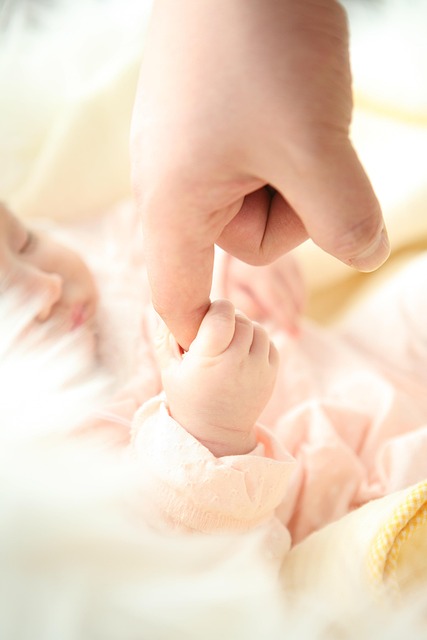Ultrasounds are often one of the most anticipated moments during pregnancy. Whether you’re discovering the gender of your baby, witnessing that tiny heartbeat, or confirming the baby’s size and position as the due date approaches, there’s a thrill in catching a glimpse of your future child.
You might assume that hearing “twins” during an ultrasound would be the most transformative moment. However, for us, that assumption was quickly overshadowed by a heart-wrenching realization that no parent wishes to confront. The ultrasound technician’s silence, the prolonged focus on a specific area, and the return for a second look created a heavy atmosphere where time seemed to freeze.
The subsequent weeks were overwhelming. It became evident that something was amiss; everything felt wrong. The diagnosis was Lissencephaly, a rare neurological disorder. The prognosis was grim.
We were informed about a range of challenges: low muscle tone, delayed development, seizures, infantile spasms, vision impairments, feeding difficulties, pneumonia, aspiration risks, and a concerning life expectancy of just two years. While we held out hope that this information was inaccurate, we understood the reality we faced and pressed on.
It saddens me that I cannot alter this course. I grapple with the disappointment of knowing that our fears were not misguided, and it breaks my heart that I cannot resolve the situation. Yet, I remain steadfast. I did not bring my boys into this world because I believed the medical professionals were mistaken or because I thought we could uniquely conquer this condition. I welcomed them out of love—unconditional love—regardless of the difficulties ahead.
Presently, my one-year-old twins, Ethan and Noah, exemplify typical Lissencephaly cases. They experienced early seizures, with infantile spasms beginning at 4-6 months, cortical vision impairment, extremely low muscle tone, and developmental progress limited to that of a two-month-old. Each day is a struggle for survival as we aim for the milestone of two years. As I write this, Ethan is in the hospital battling pneumonia, and I am tirelessly advocating for his recovery.
This journey is incredibly challenging—not just occasionally, but most of the time. When people say, “I don’t know how you manage,” I offer a smile, sharing in the sentiment of uncertainty. I often wonder how any parent watches their child endure such hardships, witnessing them lose battles and, at times, the war itself. Yet, I fully understand the reason behind this relentless dedication. Every kick, every smile, every good day—even when overshadowed by a multitude of bad ones—each moment is cherished. Every aspect of their existence is loved, valued, and held dear.
This is the essence of being a devoted parent, filled with infinite love and boundless hope. For those seeking more insights into pregnancy and home insemination, resources like Healthline’s guide on intrauterine insemination and boosting fertility supplements can provide valuable information. Additionally, consider exploring our informative post on at-home insemination kits for further guidance.
In summary, living with Lissencephaly presents profound challenges, but love and hope remain at the forefront of this journey.
Keyphrase: Lissencephaly parenting journey
Tags: “home insemination kit”, “home insemination syringe”, “self insemination”
